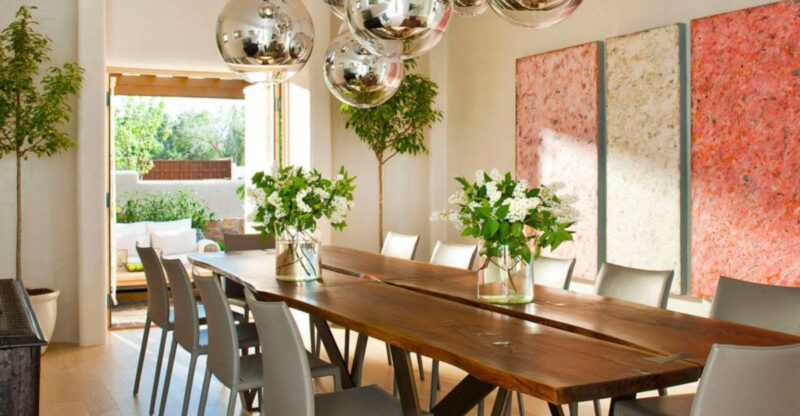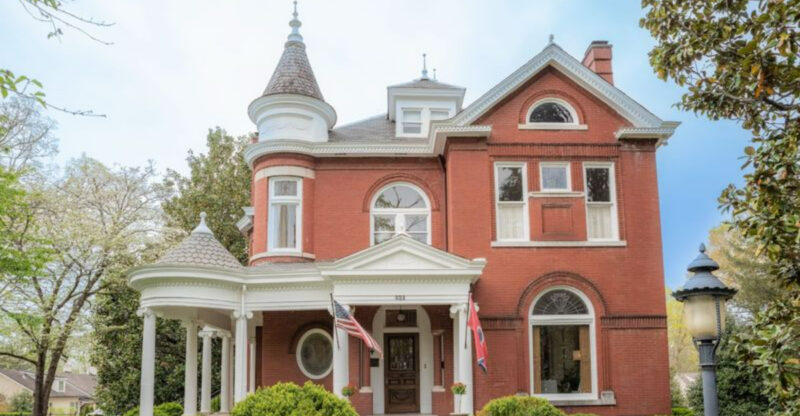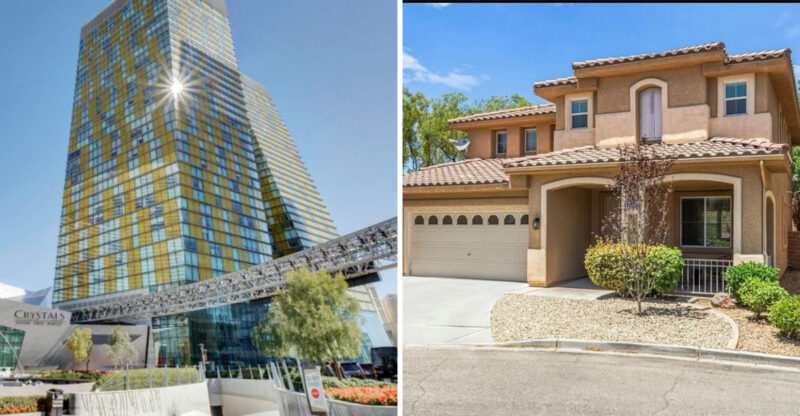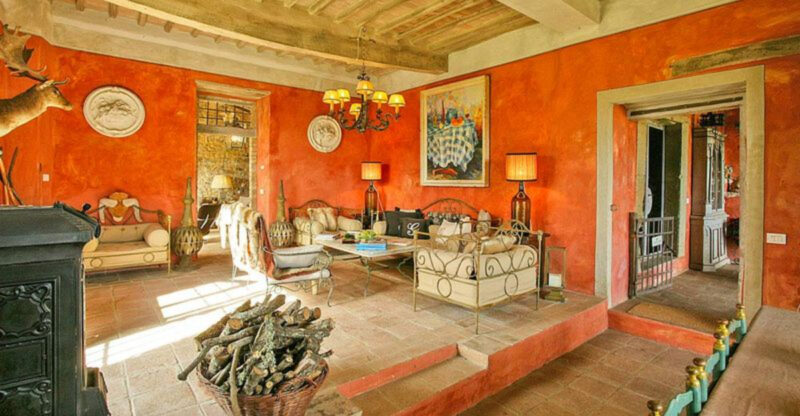19 Once Hot New York Design Trends Now Fizzling Out Here’s What’s Replacing Them
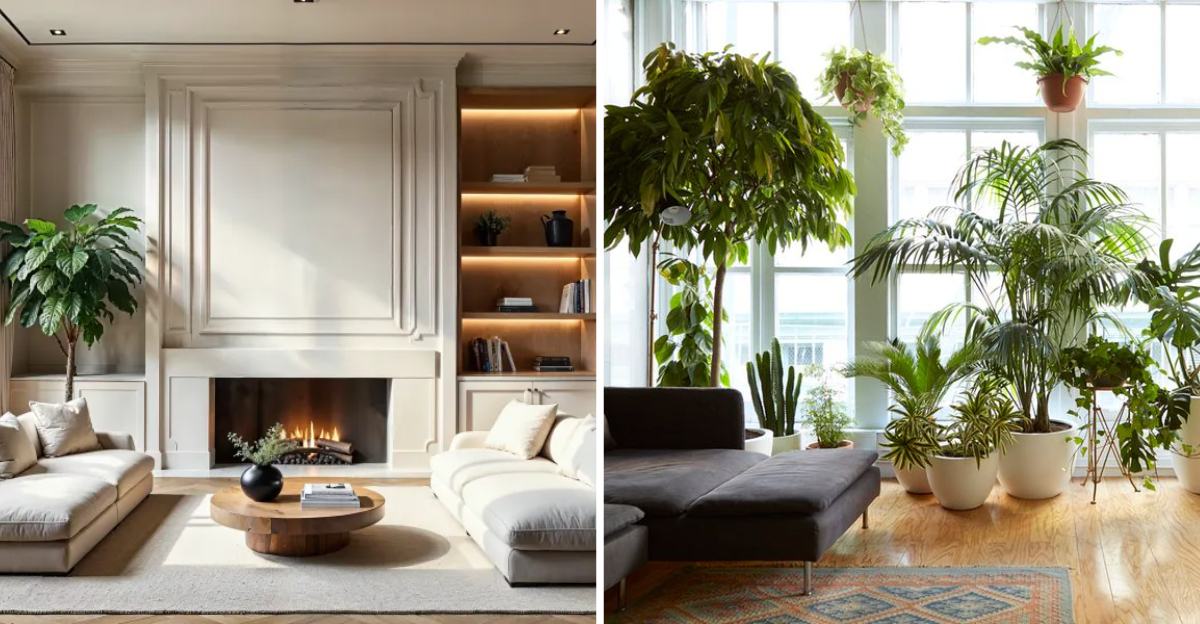
New York has always been a trendsetter when it comes to interior design, but what looked amazing a few years ago might feel tired today.
Styles change fast in the Big Apple, and homeowners are swapping out old favorites for fresh new looks.
I’m excited to show you which design trends are fading away and what cool replacements are taking their place in apartments and homes across the city.
1. Industrial Exposed Brick Walls
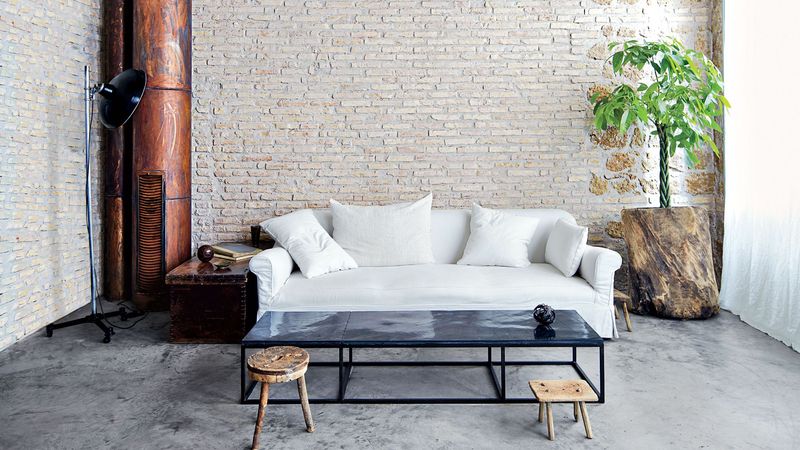
Are you still clinging to those rough red brick walls? The industrial look dominated New York lofts for years, but now people want something cleaner and more refined. Exposed brick can make rooms feel darker and harder to decorate around, plus it collects dust like crazy.
Smooth painted walls in warm neutrals are replacing the brick aesthetic throughout the city. These clean surfaces reflect more light and create a calm backdrop for your furniture and art. You can add texture through wallpaper or fabric instead, which gives you way more flexibility to change things up later.
If you love your brick, consider painting it in soft whites or creams for a compromise look.
2. All-White Minimalist Kitchens

When everything in your kitchen is white, it can feel more like a hospital than a home. The all-white trend made spaces look bigger, but it also made them feel cold and uninviting. Keeping those surfaces clean became a full-time job for busy New Yorkers.
Bold cabinet colors like deep navy, forest green, and even black are taking over city kitchens now. These rich hues add personality and warmth while still looking sophisticated and modern. Mixing in natural wood tones and brass or gold hardware creates depth and interest that plain white just can’t match.
Did you know colorful kitchens actually photograph better and can increase home value?
3. Gray Everything Everywhere

Gray took over New York homes like a fog rolling in from the harbor. Walls, furniture, floors, and even decorations all turned fifty shades of gray for almost a decade. The problem is that gray can make spaces feel gloomy, especially in apartments without tons of natural light.
Warm earth tones are bringing life back to city homes with shades like terracotta, warm beige, and creamy tan. These colors create a cozy atmosphere that actually makes you want to spend time in your space. They also pair beautifully with both modern and traditional furniture styles, giving you more decorating freedom.
It’s amazing how much happier a room feels when you swap gray for warmer alternatives.
4. Open Concept Everything
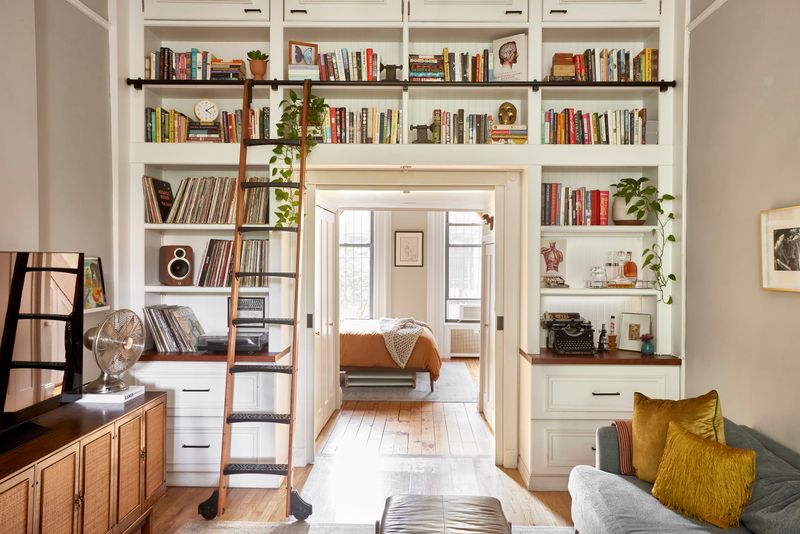
Knocking down every wall seemed like the perfect solution for small New York apartments, but it created new problems. Without any separation, cooking smells drift everywhere, noise travels constantly, and you have zero privacy when someone visits. Working from home made this issue even more obvious.
Defined spaces with purpose are making a comeback through clever room dividers and partial walls. People are using bookcases, sliding doors, and even curtains to create distinct zones for different activities. This gives you the flexibility to open things up when you want while still having the option to close off areas.
How nice is it to hide your messy kitchen when guests arrive?
5. Edison Bulb Light Fixtures
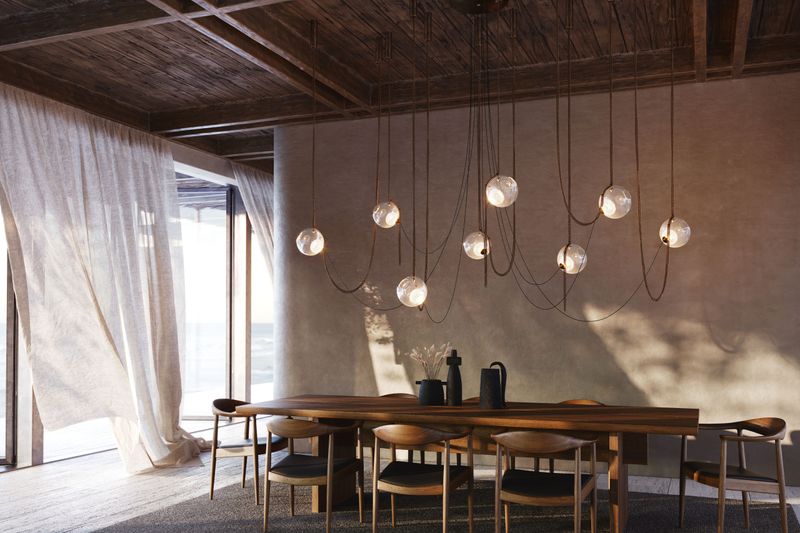
Those exposed filament bulbs hung from every Brooklyn cafe and Manhattan restaurant for years. They became so common that seeing them now feels about as special as spotting a pigeon in Times Square. Plus, they don’t actually provide much useful light for reading or working.
Sculptural modern fixtures with better lighting quality are replacing the Edison bulb craze. Think geometric shapes, interesting materials like alabaster or colored glass, and designs that serve as artwork themselves. These new fixtures provide proper illumination while still making a style statement that feels current and sophisticated.
Though they looked cool initially, Edison bulbs were more about nostalgia than function, and New Yorkers are ready for something fresh.
6. Subway Tile Backsplashes
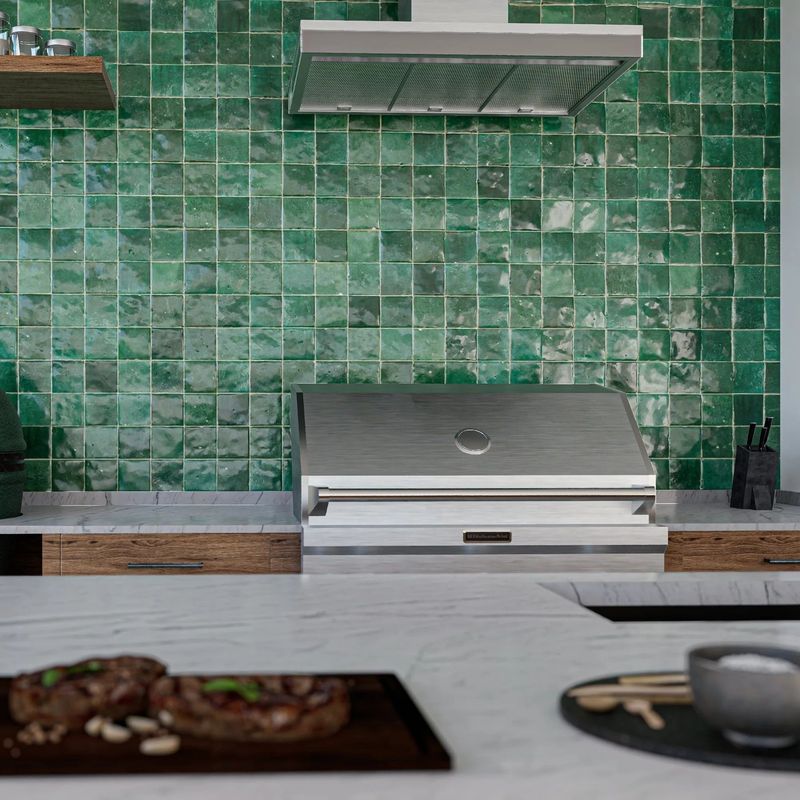
If I see one more white subway tile backsplash, I might scream. This classic look became so overdone that it lost all its charm and personality. Every renovation project defaulted to the same 3×6 white rectangles with gray grout, making kitchens and bathrooms look identical across the city.
Handmade zellige tiles, geometric patterns, and textured surfaces are bringing character back to New York kitchens. These options come in gorgeous colors and have slight variations that make each installation unique. Whether you choose Moroccan-inspired shapes or modern 3D tiles, your space will finally stand out from your neighbor’s.
It’s worth spending a bit more on tiles that actually reflect your personal style.
7. Farmhouse Rustic Decor

Shiplap walls and barn wood signs saying “Gather” don’t make much sense in a Manhattan high-rise. The farmhouse trend swept through even the most urban New York apartments, creating a strange disconnect between the style and the setting. All that distressed wood and country charm felt forced in a city environment.
Refined contemporary style with clean lines and quality materials is taking over. New Yorkers are embracing their urban setting instead of trying to pretend they live on a ranch. Smooth surfaces, metal accents, and sophisticated finishes celebrate city living rather than fighting against it.
When your apartment overlooks skyscrapers, maybe skip the rooster decorations and embrace where you actually live.
8. Gallery Walls with Mixed Frames

Gallery walls promised to showcase your personality, but they often just created visual chaos. Arranging dozens of mismatched frames perfectly is harder than it looks, and the result can make your wall look cluttered and busy. Dusting all those individual pieces becomes a nightmare too.
Single large-scale artwork or a simple grid of matching frames provides more impact with less fuss. One stunning piece draws the eye and makes a confident statement without overwhelming the space. This approach feels more curated and mature, like something you’d see in a SoHo gallery rather than a college dorm.
Did you know that interior designers say one great piece beats twenty mediocre ones every time?
9. Reclaimed Wood Accent Walls
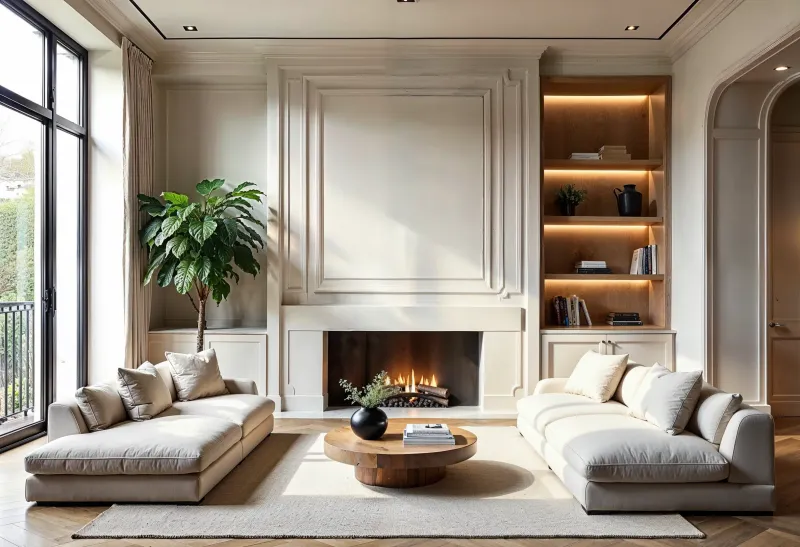
Those walls made from old barn wood had their moment, but now they just look dated and dusty. The rustic vibe clashes with the sleek modern aesthetic that New York apartments are moving toward. Plus, real reclaimed wood is expensive and heavy, which is a problem in older buildings with weight restrictions.
Textured wallpaper and paint techniques create accent walls without the bulk or cost. Options like grasscloth, linen-textured paper, or even creative paint applications add dimension and interest. These alternatives are easier to install, lighter in weight, and much simpler to change when you’re ready for something new.
If you’re renting, wallpaper is also way easier to remove than nailed-up planks of wood.
10. Live Edge Wood Furniture

It’s hard to set plates evenly on a table with a wavy, uneven edge. Live edge furniture looked organic and natural, but it was impractical for actual daily use in small city apartments. The irregular shapes took up more visual and physical space than necessary, and the style felt too casual for many New York homes.
Streamlined furniture with intentional shapes and clean edges fits better in urban spaces. These pieces maximize usable surface area while taking up less visual space, which matters in compact apartments. Modern designs in quality materials look more sophisticated and work better with the architectural details of city buildings.
When you’re paying New York rent, every inch of functional space counts more than rustic charm.
11. Marble Everything
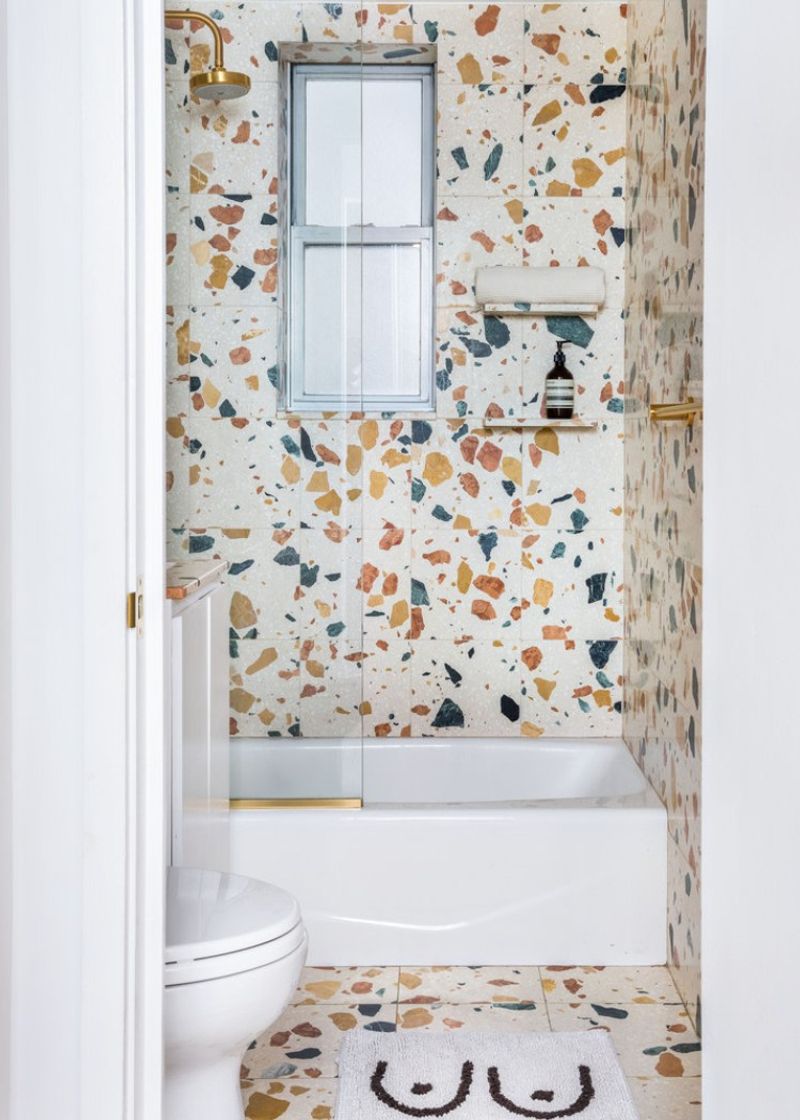
Marble counters, marble floors, marble walls, marble coasters—the marble obsession went too far. While beautiful, real marble stains easily and requires constant maintenance that busy New Yorkers don’t have time for. The ubiquitous white and gray veining also started looking generic when every apartment had it.
Terrazzo and colorful quartz are offering fresh alternatives with better durability. Terrazzo especially is making a huge comeback with its playful speckled patterns and endless color options. These materials handle wine spills and lemon juice without the panic that marble causes, plus they bring more personality to kitchens and bathrooms.
How freeing is it to not worry about every little stain on your countertop?
12. Fiddle Leaf Fig Trees

These Instagram-famous trees promised to bring life to your space, but they mostly just brought stress. Fiddle leaf figs are notoriously difficult to keep alive in New York apartments with their specific light and humidity needs. One wrong move and those big leaves turn brown and drop, leaving you with an expensive stick in a pot.
Hardy low-maintenance plants like snake plants, pothos, and ZZ plants are taking over. These survivors thrive even in low light and forgive you for forgetting to water them occasionally. They still bring greenery and life to your space without requiring a botany degree to keep them alive.
Though they’re less showy, plants you can actually keep alive look better than dead fiddle leaf figs.
13. Rose Gold Accents

Rose gold faucets, cabinet pulls, and light fixtures felt trendy and feminine for a minute. The problem is that this finish looks dated incredibly quickly and doesn’t match well with other metal finishes in your home. It also reads as very specific to a particular era, which makes spaces feel stuck in time.
Warm brass and aged bronze are replacing rose gold with more timeless appeal. These classic finishes have been used for centuries and still look fresh when done right. They develop beautiful patinas over time and work with both traditional and contemporary styles, giving you much more longevity for your investment.
When you’re spending money on hardware and fixtures, choose finishes that won’t make you cringe in two years.
14. Barn Doors on Everything
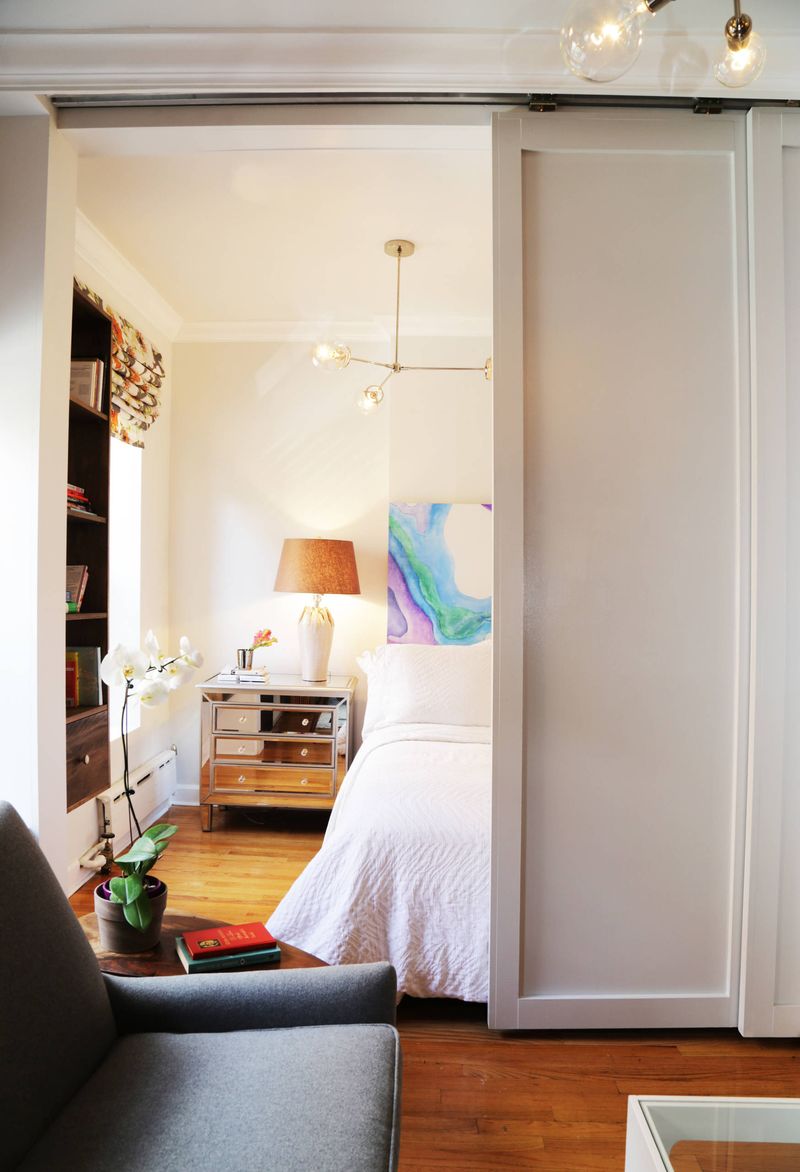
Sliding barn doors showed up on bathrooms, closets, and pantries all over the city. They looked cute but created real problems—they don’t seal completely, so sound and smells travel through. They also require wall space on either side to slide, which wastes valuable real estate in small New York apartments.
Pocket doors and upgraded traditional doors are making more sense for urban living. Pocket doors disappear into the wall completely, saving space without the exposure issues of barn doors. Modern traditional doors with beautiful hardware can be just as stylish while actually providing privacy and sound control.
If I can hear everything happening in your bathroom, your door isn’t doing its job properly.
15. Chevron and Herringbone Patterns

These zigzag patterns covered floors, walls, and even furniture for years. While visually interesting, chevron and herringbone can be overwhelming and make small spaces feel even more cramped. The busy pattern also fights for attention with your furniture and decor, creating visual competition throughout the room.
Straight plank flooring and simple patterns are bringing calm back to New York homes. Clean lines in wider planks make rooms feel larger and more serene. This simpler approach lets your furniture and personal items be the stars instead of competing with a loud floor pattern.
When every surface is screaming for attention, nothing actually stands out, so simplifying your base elements makes better design sense overall.
16. Shiplap on Every Surface
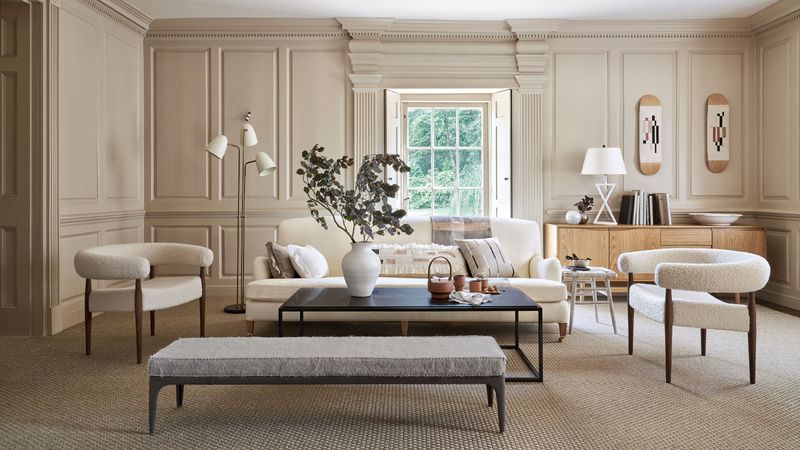
Horizontal wood planks invaded New York apartments like they were country cottages instead of urban dwellings. Shiplap on walls and ceilings made rooms feel too casual and theme-y rather than sophisticated. The grooves also collect dust and make walls harder to keep clean in a city environment.
Smooth walls with architectural molding or vertical paneling offer more elegance. Board and batten or simple crown molding adds dimension without the farmhouse vibe. These classic details complement the historical architecture found in many New York buildings rather than fighting against it.
Are you really living your best city life if you’re pretending your apartment is a barn?
17. Macrame Wall Hangings

Knotted rope decorations brought boho vibes but also collected dust and looked messy. The handmade aesthetic was charming initially, but macrame pieces often looked unfinished or cluttered rather than intentional. They also reinforced a casual vibe that doesn’t match the sophisticated direction New York interiors are heading.
Sculptural wall art in metal, wood, or ceramic provides texture with more polish. These pieces add dimension and interest without the dusty, casual feel of fiber arts. Modern wall sculptures can be conversation starters that feel artistic and curated rather than crafty.
Did you know that switching from soft to hard materials in your decor instantly makes a space feel more grown-up and refined?
18. Mid-Century Modern Overload

Tapered legs and sunburst clocks took over to the point where apartments looked like museum exhibits. When every single piece of furniture comes from the same design era, spaces feel staged rather than lived-in. The mid-century style is beautiful, but too much of it creates a one-note room without personality or depth.
Mixing furniture styles from different eras creates more interesting and personal spaces. Combining a vintage piece with contemporary items and maybe something traditional adds layers and tells a story. This eclectic approach feels more collected over time rather than bought all at once from the same store.
How boring would it be if everyone you knew dressed exactly the same way with identical outfits every day?
19. Black Framed Windows and Doors

Black window frames looked dramatic and modern but can feel harsh in smaller New York apartments. The strong contrast creates hard visual lines that chop up spaces rather than letting your eye flow naturally. In rooms without tons of natural light, black frames can also make windows feel smaller and more confined.
Natural wood frames and softer bronze tones are warming up window treatments across the city. These materials complement rather than compete with views and architectural details. They bring warmth without the stark industrial feeling that black creates, making spaces feel more inviting and less like commercial offices.
When your windows frame views of brick buildings and fire escapes, softer tones help balance the urban hardness outside.


